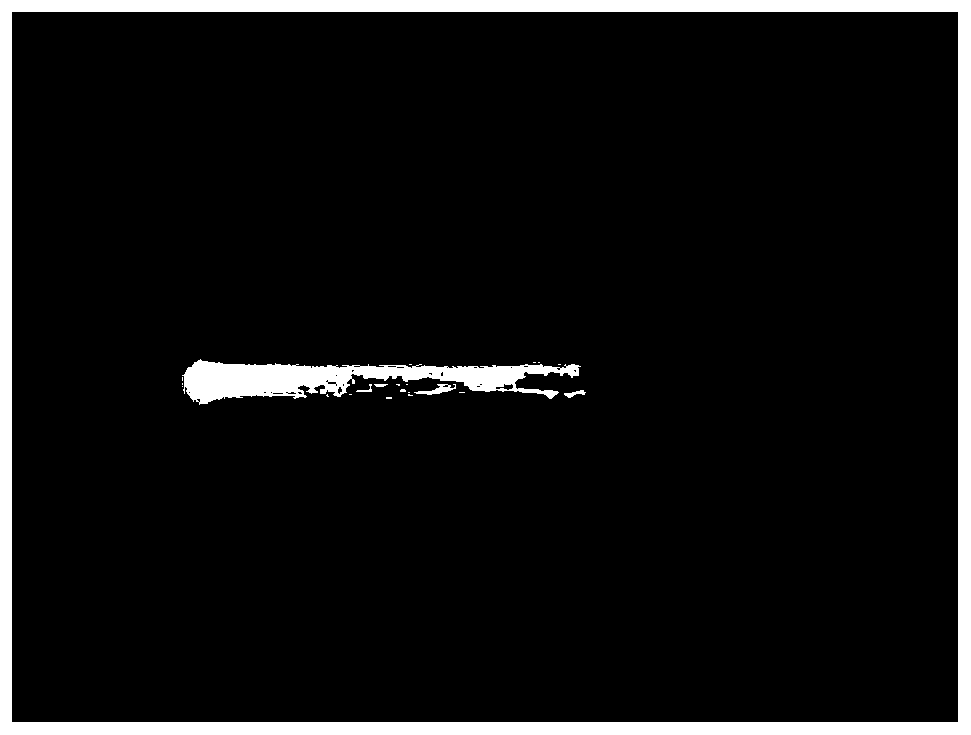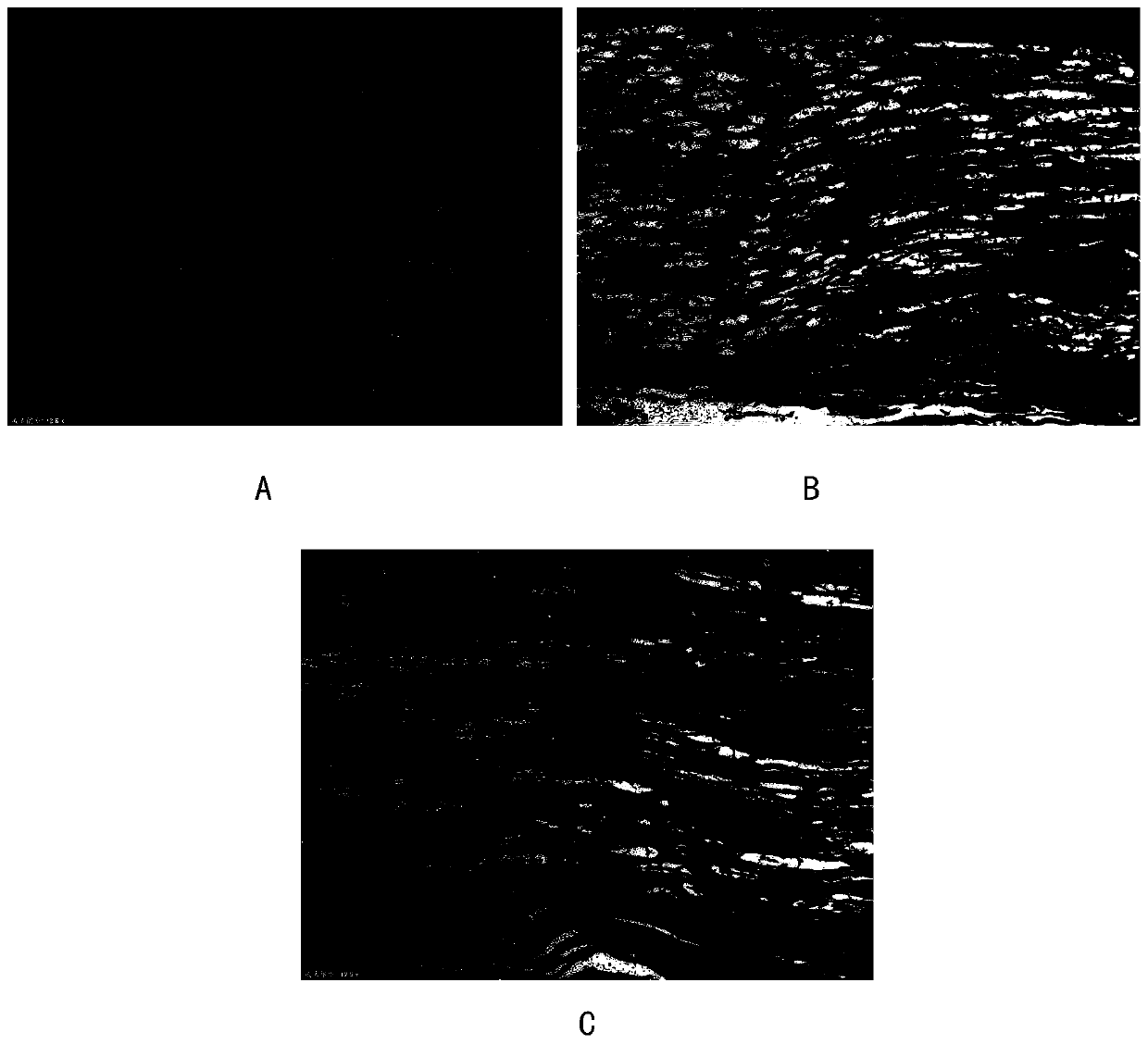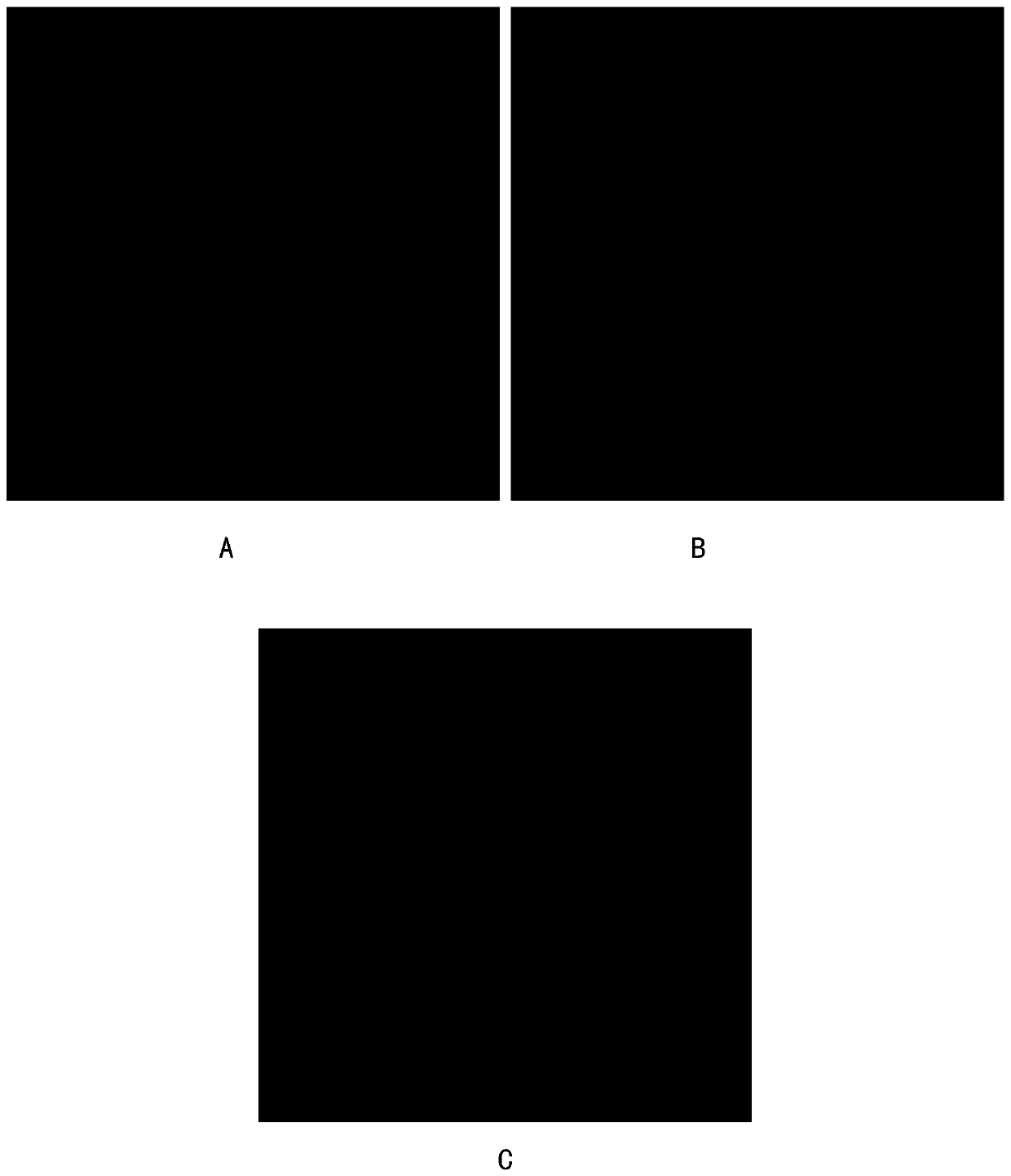Decellularized nerve scaffold and preparation method thereof
A decellularized and neural technology, applied in the field of decellularized neural scaffolds and preparation of decellularized neural scaffolds, can solve the problems of incomplete demyelination and weak destructive effect
- Summary
- Abstract
- Description
- Claims
- Application Information
AI Technical Summary
Problems solved by technology
Method used
Image
Examples
Embodiment
[0040] Take the nerve tissue (length 45mm, diameter 4mm) of the discarded limb after amputation in clinical operation, such as figure 1 As indicated, the extraneural blood vessels, fat and connective tissue were removed, then placed in liquid nitrogen for 1-3 minutes, placed at 25-37°C for 3-10 minutes, repeated freezing and thawing 3-4 times, and then placed at 25-37°C After hypotonic treatment for 3 to 6 hours, use sterilized distilled water as the hypotonic solution, place the isolated nerve after hypotonic treatment in 100 mL of PBS buffer containing 125 mmol / L SB-10, and place it at 20 to 25 °C at 80 ~100 times / min frequency vibration soaking for 12~18h, then placed in 100mL mixed solution containing 0.14% Triton X-200 and 0.6mmol / L SB-16, at 20~25℃, at 80~100 times / min Soak for 9-12 hours by shaking at a frequency of 9-12 hours, then wash with sterilized PBS buffer, place the treated isolated nerve tissue in 100mL isotonic solution Ⅰ containing 125mmol / L SB-10, at 10-15°...
PUM
 Login to View More
Login to View More Abstract
Description
Claims
Application Information
 Login to View More
Login to View More - R&D
- Intellectual Property
- Life Sciences
- Materials
- Tech Scout
- Unparalleled Data Quality
- Higher Quality Content
- 60% Fewer Hallucinations
Browse by: Latest US Patents, China's latest patents, Technical Efficacy Thesaurus, Application Domain, Technology Topic, Popular Technical Reports.
© 2025 PatSnap. All rights reserved.Legal|Privacy policy|Modern Slavery Act Transparency Statement|Sitemap|About US| Contact US: help@patsnap.com



